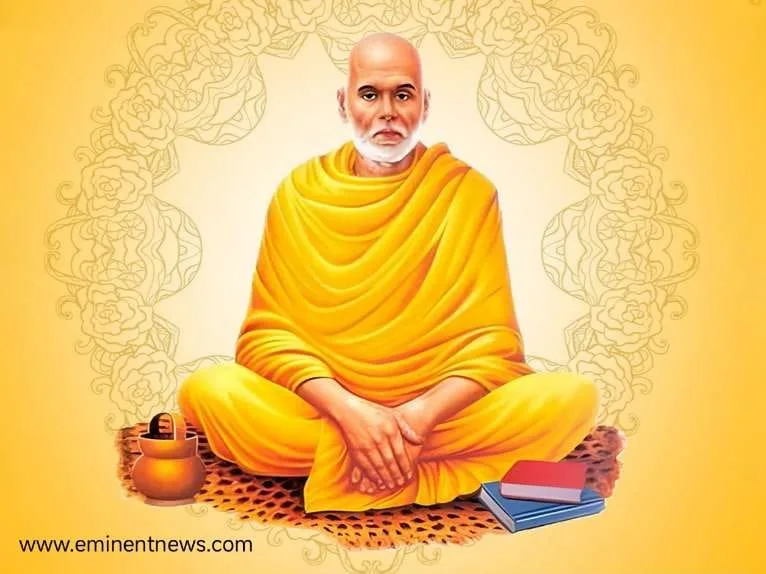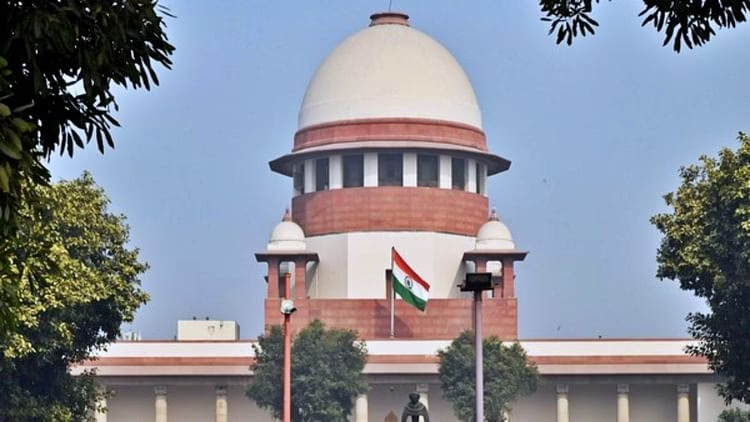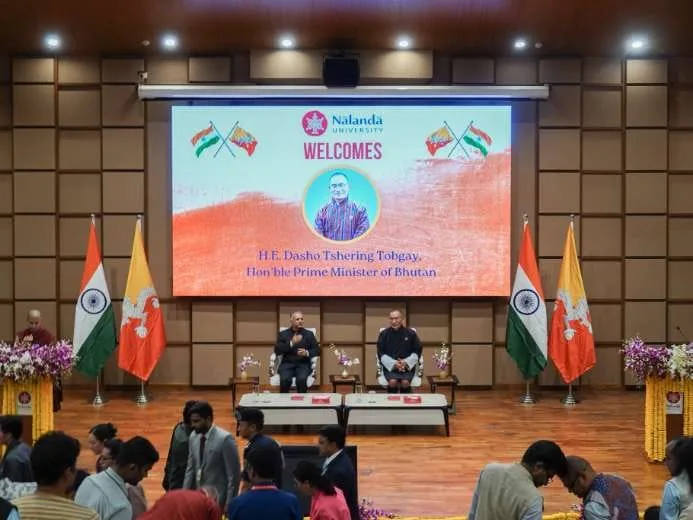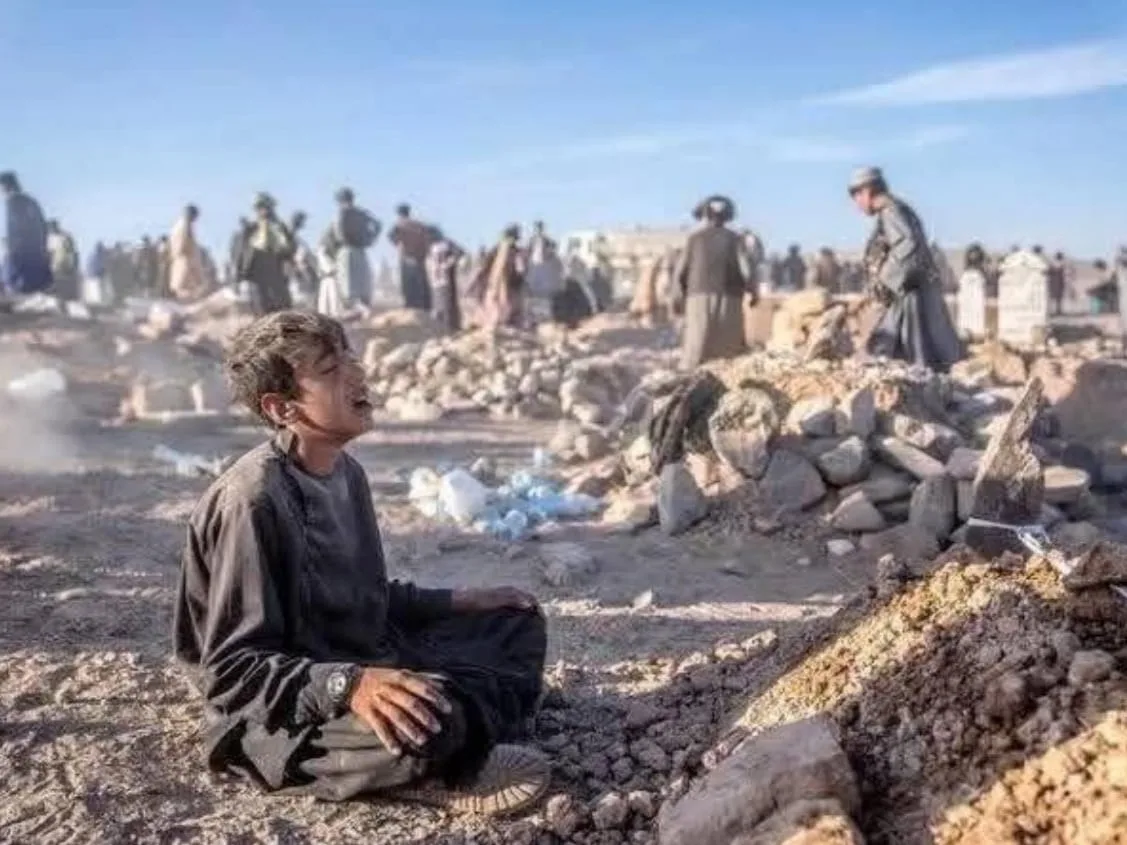The Transgender Persons (Protection of Rights) Act, 2019, is a law enacted by the Indian Parliament to protect the rights of transgender individuals . It was passed by the Lok Sabha on August 5, 2019, and by the Rajya Sabha on November 26, 2019, and it came into effect on January 10, 2020 .
Key Provisions:
- Definition of a Transgender Person: The Act defines a transgender person as someone whose gender does not match the gender assigned at birth. This includes trans men and trans women (whether or not they have undergone surgery) and gender-queer individuals .
- Prohibition of Discrimination: The Act prohibits discrimination against transgender persons in various areas, including education, employment, healthcare, housing, and access to services .
- Right to Self-Perceived Gender Identity: Transgender individuals have the right to self-perceived gender identity . A person can apply for a certificate of identity indicating their gender as male or female .
- Establishment of National Council for Transgender Persons: The Act provides for the establishment of a National Council for Transgender Persons (NCT) to advise the government on policies, programs, and legislation related to transgender individuals .
- Welfare Measures: The government is expected to take measures to promote the welfare of transgender persons, including providing access to education, healthcare, skill development, and employment opportunities .
- Offenses and Penalties: The Act recognizes certain offenses against transgender persons, such as compelling them into forced labor or denying them access to public places . Penalties for these offenses are prescribed in the Act .
- Healthcare Access: The Act aims to ensure access to healthcare facilities that are sensitive to the needs of transgender individuals .
Criticisms and Challenges:
Despite being a landmark piece of legislation, the Transgender Persons (Protection of Rights) Act, 2019, has faced criticism :
- Absence of Reservation: The Act does not provide for reservation in education and employment for transgender persons .
- Limited Definition of Discrimination: The definition of discrimination in the Act is limited and does not cover all forms of discrimination faced by transgender individuals .
- Penalties: Critics argue that the penalties for offenses against transgender persons are not stringent enough compared to those for similar offenses against cisgender individuals .
- Self-Determination: The Act requires transgender individuals to obtain a certificate of identity to be recognized as transgender, which critics argue goes against the principle of self-determination .
- Implementation Challenges: There are concerns about the effective implementation of the Act, especially at the state and local levels .
The Transgender Persons (Protection of Rights) Act, 2019, aims to protect the rights and promote the welfare of transgender individuals in India. However, it has been criticized for certain shortcomings and faces challenges in implementation .
NALSA ACT :
The National Legal Services Authority (NALSA) v. Union of India case is a landmark judgment , This ruling affirmed that transgender people have the same constitutional rights as all other citizens , officially known as National Legal Services Authority v. Union of India, is a landmark decision by the Supreme Court of India in 2014 that legally recognized transgender persons as a third gender . This judgment significantly impacted the rights and recognition of transgender individual. The judgment was delivered on April 15, 2014, by a bench of Justices K.S. Radhakrishnan and A.K. Sikri .
Key Points of the NALSA Judgment:
- Recognition of Third Gender: The Supreme Court recognized transgender individuals as a ‘third gender’ for legal and constitutional purposes . This recognition extended to hijras and eunuchs, allowing them to identify legally as “third gender” .
- Self-Identification in India .
Key Highlights of the NALSA Judgment:
- Recognition of Third Gender: The Supreme Court recognized hijras and eunuchs, as well as other transgender individuals, as a ‘third gender’ for the purpose of safeguarding their rights under Part III of the Indian Constitution .
- Fundamental Rights: The Court held that transgender persons are entitled to fundamental rights under Articles 14, 15, 16, 19(1)(a), and 21 of the Constitution .
- Article 14 (Equality before the law): The Court stated that the right to equality applies to all persons, including transgender individuals .
- Article 15 (Prohibition of discrimination): The C Gender: The Court upheld the right of every person to self-identify their gender . It emphasized that gender identity is based on an individual’s innate perception of their own gender, not on biological characteristics .
- Fundamental Rights: The judgment affirmed that transgender persons are entitled to fundamental rights under Articles 14, 15, 16, 19(1)(a), and 21 of the Constitution .
- Article 14 (Equality before Law): The Court stated that the word “person” in Article 14 includes not only men and women but also those who identify outside the gender binary. As such, transgender people are entitled to equal protection of the law .
- Articles 15 & 16 (Prohibition of Discrimination): The Court interpreted the term “sex” in these articles to include gender, thus prohibiting discrimination based on gender identity .
- Article 19(1)(a) (Freedom of Expression): The Court recognized that the right to express one’s gender through dress, words, action, or behavior falls under the ambit of freedom of expression .
- Article 21 (Protection of Life and Personal Liberty): The Court stated that the right to live with dignity includes the right to one’s self-perceived gender identity and expression .
- Non-Discrimination: The Court held that transgender individuals are entitled to equal protection of the law aourt clarified that discrimination on the basis of “sex” includes discrimination on the basis of gender identity .
- Article 16 (Equality of opportunity in public employment): The Court stated that transgender persons should have equal opportunities in public employment .
- Article 19(1)(a) (Freedom of speech and expression): The Court included the right to express one’s gender through dress, words, action, or behavior under the ambit of freedom of expression .
- Article 21 (Protection of life and personal liberty): The Court interpreted ‘dignity’ under Article 21 to include diversity in self-expression, which allows a person to lead a dignified life .
- Gender Identity: The Court clarified that gender identity is based on one’s self-perception and is not tied to biological characteristics . It upheld the right of individuals to self-identify their gender . The court also stated that no transgender person should be forced to undergo medical examinations or biological tests that would violate theind are not to be discriminated against .
- Affirmative Action: The Court directed the Central and State governments to take steps for the advancement of the transgender community :
- Provide legal recognition of “third gender” in all documents .
- Treat transgender persons as a “socially and educationally backward class of citizens,” entitling them to reservations in educational institutions and public employment .
- Frame social welfare schemes for the community .
- Public Awareness: The Court emphasized the need for public awareness programs to combat stigma against the transgender community [citatior right to privacy .
- Non-discrimination: The Court highlighted the extreme discrimination faced by transgender persons in all spheres of society, which violates their right to equality .
- Directions to the Government: The Court directed the central and state governments to take several steps for the advancement of the n:6].
Impact and Significance:
- Legal Recognition: The NALSA judgment was the first to legally recognize non-binary gender identities in India .
- Protection of Rights: It upheld the fundamental rights of transgender persons under the Constitution and international law .
- Directions to Government: The judgment directed the government to take proactive steps to protect and promote the rights of transgender individuals .
- Basis for Future Legislation: The NALSA judgment laid the groundwork for the Transgender Persons (Protection of Rights) Act, 2019, which aimed to provide a legal framework for the protection of transgender rights .
transgender community, including :
1) Granting legal recognition of “third gender” in all documents .
2) Treating transgender persons as a “socially and educationally backward class of citizens,” entitled to reservations in educational institutions and public employment .
3) Developing social welfare schemes for the community .
- International Law: The Court also referred to international human rights treaties and the Yogyakarta Principles to recognize transgender persons’ human rights .
- The NALSA judgment is a milestone in the recognition and protection of transgender rights in India, affirming their right to equality, dignity, and self-determination .
Public Awareness: The Court held that public awareness programs are required to tackle stigma against the transgender community .
The NALSA judgment is a milestone in the recognition and protection of transgender rights in India .



























